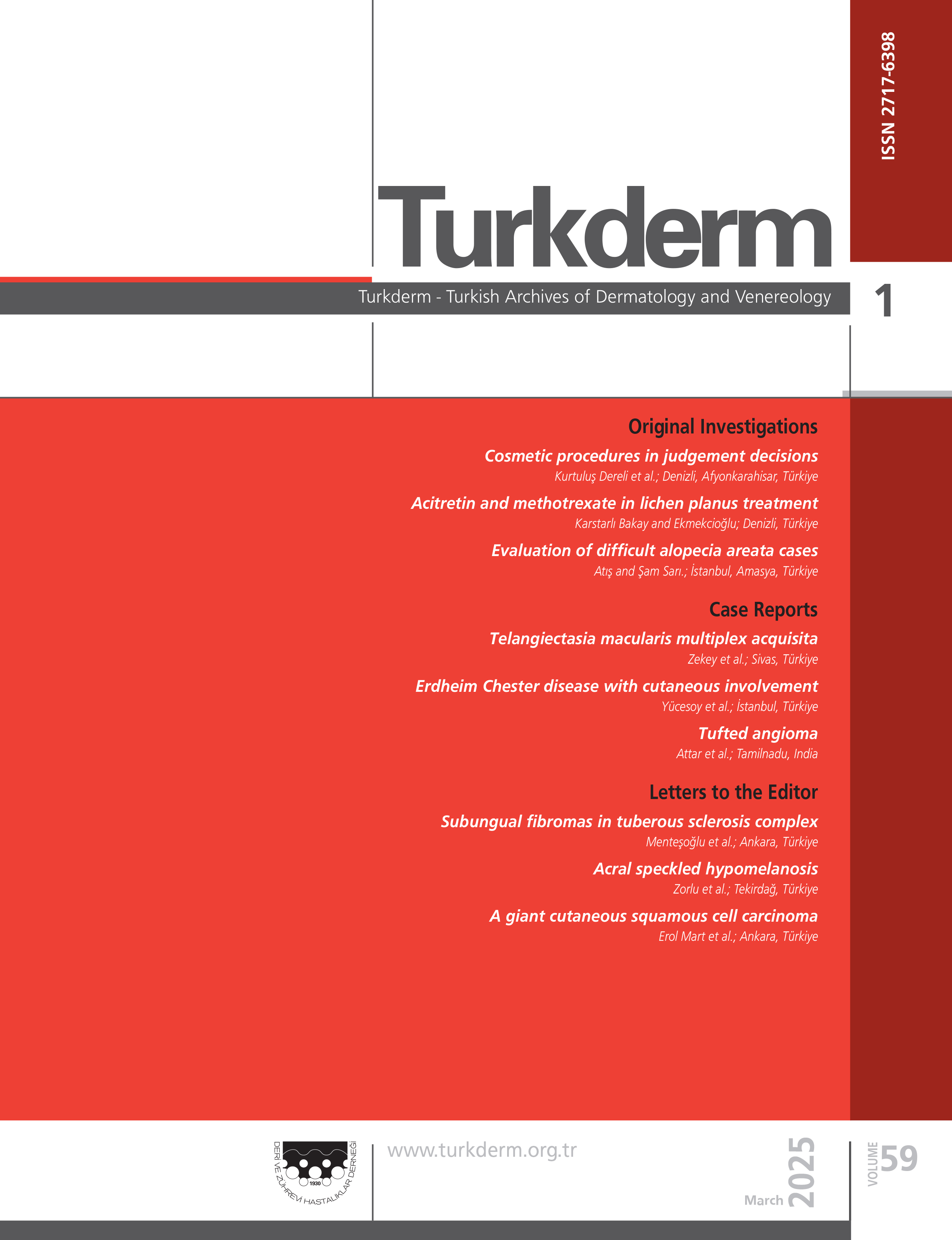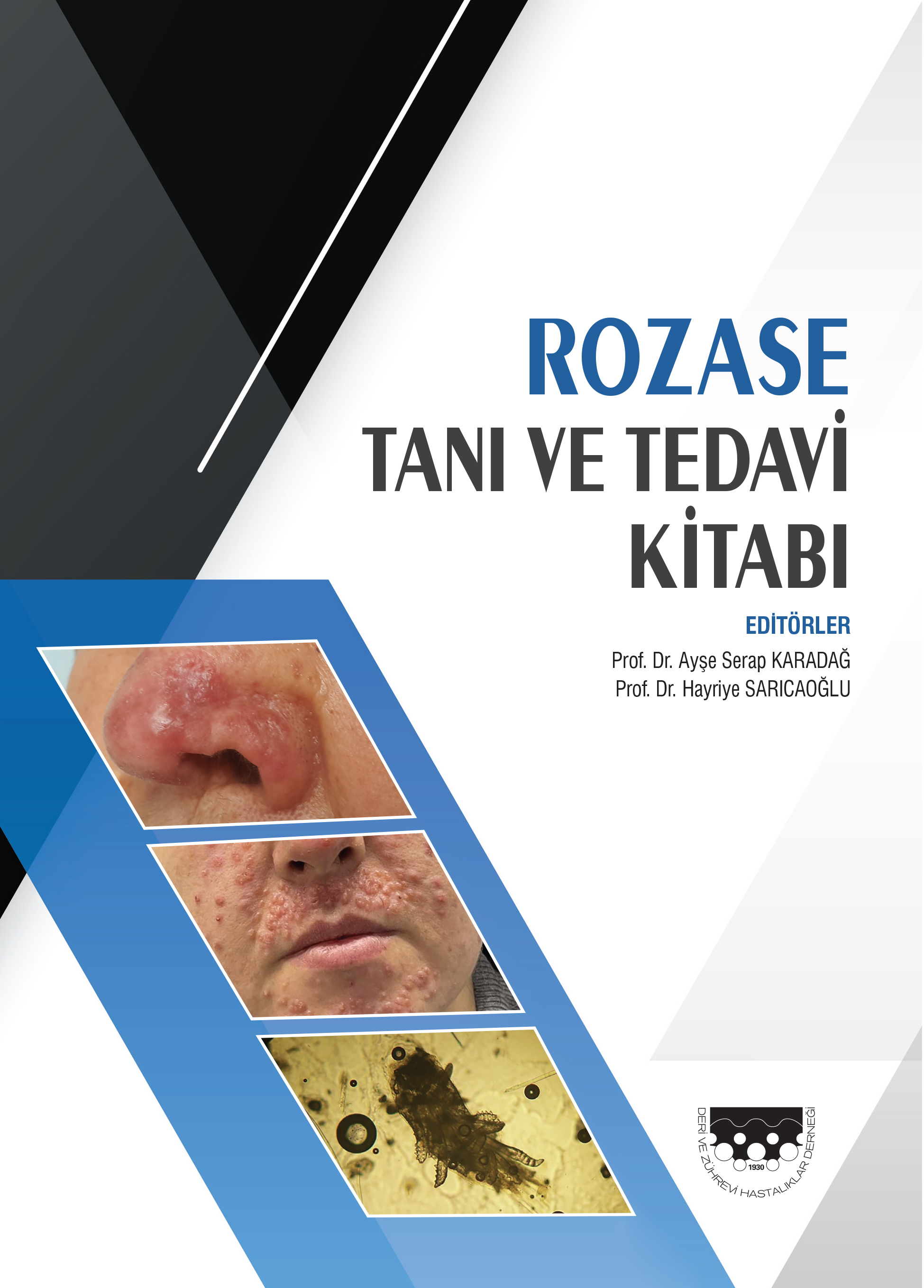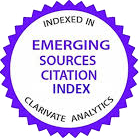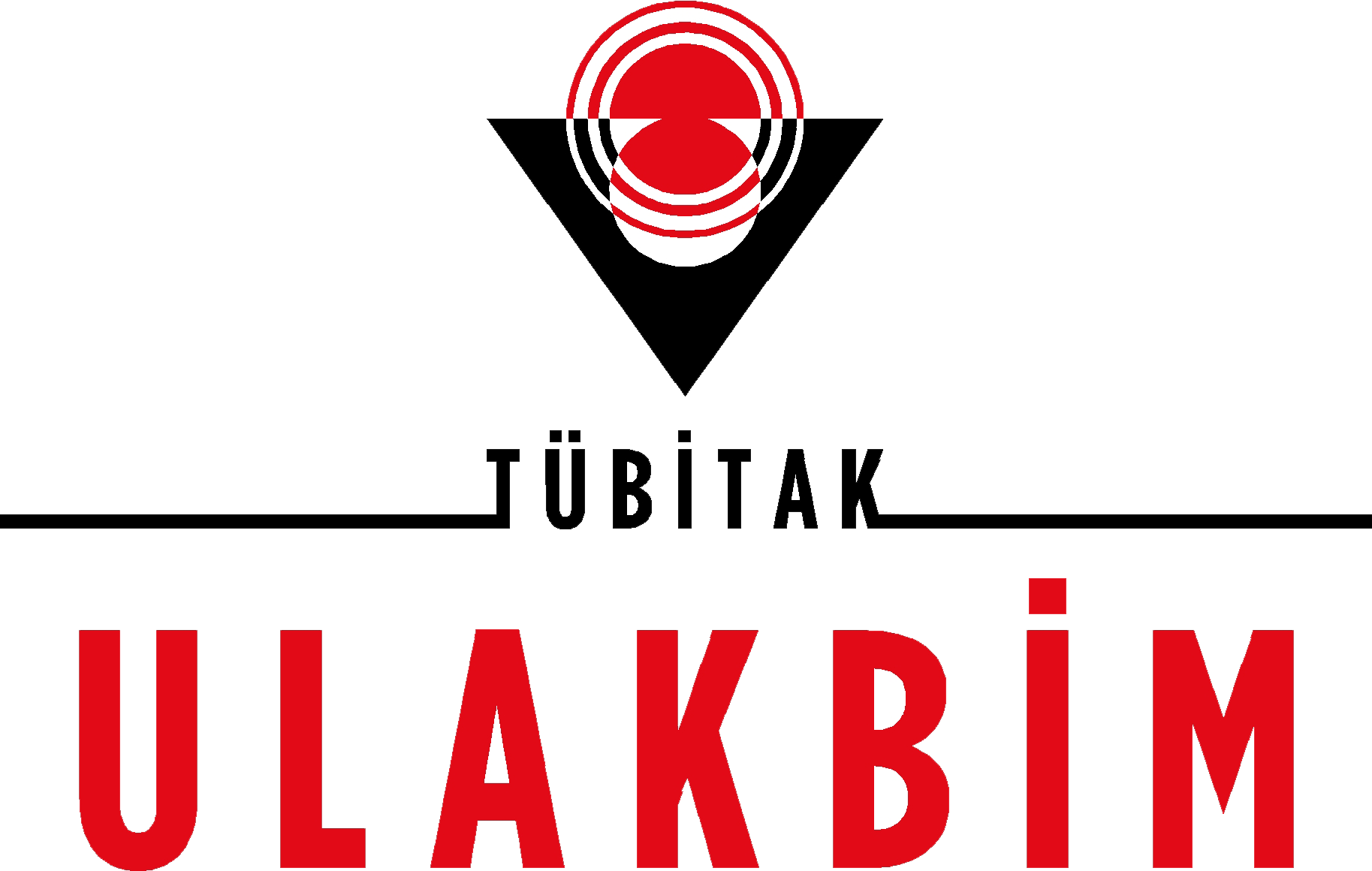Volume: 52 Issue: 2 - 2018
| ORIGINAL INVESTIGATION | |
| 1. | Clinical and histopathological evaluation of the effects of platelet rich plasma, platelet poor plasma and topical serum physiologic treatment on wound healing caused by radiofrequency electrosurgery in rats Aslı Duran, Sirin Yasar, Sema Aytekin, Pembegul Gunes, Riza Adaleti, Alpay Duran doi: 10.4274/turkderm.42966 Pages 44 - 50 Background and Design: The aim of our study was to histopathologically evaluate the effects of platelet rich plasma (PRP) and platelet poor plasma (PPP) treatment in wound healing process in rats with partial thickness wound. Materials and Methods: Rats were divided into three groups as topical serum physiologic (SP) (group 1, n=9), PPP (group 2, n=9), and PRP (group 3, n=9). Wound model was created by radiofrequency-electrosurgery. Each group was treated once with SP, PRP and PPP. Four-millimeter punch biopsies were collected from each rat on the 4th, 7th, 14th and 21st days. One rat in each of the PRP and SP groups was lost before the study was completed. Results: In our study, we observed that PRP significantly increased granulation tissue formation and angiogenesis after the fourth day of treatment. PPP increased granulation tissue formation and angiogenesis to a lesser extent than PRP but to a greater extent compared to SP. An increase in fibroblast density was observed in PRP and PPP groups compared to that in SP group on the 7th, 14th and 21st days. Epidermal detachment was significantly increased in the PRP group compared to PPP group on the 4th day. On 7th and 14th days, a higher increase was observed in the PPP and PRP groups compared to SP group. On the 21st day, epidermal detachment was observed in all the three groups. In terms of collagen synthesis levels, a significant increase was observed in PPP group compared to SP group on the 4th day and a significant increase was observed in PRP group compared to PPP group on the 21st day. There was no significant difference between groups on the 7th and 14th days. Conclusion: In our study, we observed that both PRP and PPP stimulate and increase angiogenesis, reepithelization, granulation tissue and collagen synthesis compared to SP. We observed that there was a significant increase in angiogenesis and granulation tissue formation in PRP group compared to PPP group. |
| 2. | Darier's disease: Clinical and demographic features of nine cases Sevil Savaş, Ayşe Esra Koku Aksu, Ebru Sarıkaya, Cem Leblebici, Mehmet Salih Gürel doi: 10.4274/turkderm.59002 Pages 51 - 55 Background and Design: Dariers disease is a genetic disorder of keratinization with autosomal dominant inheritance. In the article presented here, demographical, clinical and histopathological findings and treatment outcome of Dariers disease are discussed with 9 cases. Materials and Methods: We performed a retrospective study of all the patients diagnosed with Dariers disease at the Department of Dermatology of Istanbul Training and Research Hospital, between 2008 and 2016. Results: During the observation period, we identified 9 patients with Dariers disease; 6 males and 3 females with a mean age of 32.5 years. Two cases were from the same family (mother and child) and no family history was found in the other seven patients. Skin lesions in the form of keratotic papules were noted in seborrhoeic areas, essentially the head-neck and trunk. Four patients had hand involvement, five patients had nail lesions. Conclusion: Dariers disease is a rare genodermatosis and should be considered in the differential diagnosis of dermatoses with keratotic papular lesions. |
| 3. | Development of sun protection behaviors in preschoolers: A systematic review Adem Sümen, Selma Öncel doi: 10.4274/turkderm.79346 Pages 56 - 63 Background and Design: Intense studies have been conducted in the world for the purpose of protecting children from the sun and raising awareness of sun protection at early age. Thus, the aim of the study is to evaluate sun protection interventions for preschoolers. Materials and Methods: This study was conducted under the guidance of PRISMA-P declaration. The articles were conducted in the study using the databases of Cochrane, PubMed, ScienceDirect, CINAHL, Clinical Key/Elseiver, Ovid, MEDLINE and the terms of Skin Neoplasms, Sun Protection Factor, Child, Preschool, Randomized Controlled Trial MeSH without any year restriction in March 2016. Randomized controlled studies applying sun protection steps at preschool education institutions and being conducted in English were included in the study. Results: In the systematic review, five research articles selected according to study criteria were examined and it was observed that the interventions were aimed at students, parents, teachers and school administrators. All of the studies were conducted between 1995-2007, four in the United States of America and one in Germany. Programs conducted in the articles were formed based on Piagets cognitive development theory, Health Belief Model, and Social Learning Theory. In the programs, behaviors of children were observed at kindergartens and information and attitudes of kindergarten administrators, sun protection applications, facilities/obstacles/policies of school, sun protection behaviors of children from the perspective of parents, sun protection behaviors of teachers and parents for children and psychosocial variables were evaluated. Conclusion: The intervention was observed to be efficient in four out of these five researches included in the study. Due to the importance of sun exposure in childhood, the early development of sun protection awareness is extremely important. It is thought that this systematic review will prepare a basis for future studies by drawing attention to effective models in sun protection education for children. |
| CASE REPORT | |
| 4. | Successful treatment of confluent and reticulated papillomatosis with tetracycline and mupirocin Hatice Ataş, Havva Özge Keseroğlu, Müzeyyen Gönül, Fatma Aksoy Khurami doi: 10.4274/turkderm.67674 Pages 64 - 66 Confluent and reticulated papillomatosis characterized by hyperkeratotic-pigmented papules is a rare dermatosis, which tends to settle in seborrheic areas. Some cutaneous disorders share the same features. Herein, we report a 51-year-old man with confluent and reticulated papillomatosis who was followed up as tinea versicolor which was unresponsive to treatment for six months. Confluent and reticulated papillomatosis should be kept in mind in patients with localized reticular pigmentation involving the upper trunk and neck. |
| 5. | Idiopathic hyperkeratosis of the nipple and areola: A report of two cases Gülhan Gürel, Sevinç Şahin, Emine Çölgeçen doi: 10.4274/turkderm.74875 Pages 67 - 69 Hyperkeratosis of the nipple and areola, a rarely seen benign dermatosis, is characterized by a verrucous appearance of the nipple and the areola. Females constitute the majority of the cases, however, there are also rare reports of male cases. On clinical examination, hyperkeratotic and hyperpigmented plaques are located on the nipple and/or areola. No erythema or induration is observed on the affected skin. According to a widely adopted classification system, primary hyperkeratosis of the nipple and areola is divided into three groups as type 1 which is coincidentally associated with keratinization disorders such as ichthyosis and Dariers disease; type 2 which is associated with hormonal factors or systemic diseases; and type 3 which is entirely considered an idiopathic form. Idiopathic form often affects female patients in the second or third decade of life and occurs spontaneously. Patients often present due to cosmetic reasons. The etiology of this condition has not been fully elucidated and, to date, various treatment methods have been attempted. Herein, we report two female cases (25-year-old and 14-year-old) of idiopathic hyperkeratosis of the nipple and areola based on the clinical and histopathological examination. |
| 6. | Specific cutaneous involvement of a mixed-type mature plasmacytoid dendritic cell tumor in chronic myelomonocytic leukemia Pelin Üstüner, Ali Balevi, Mustafa Özdemir, Cuyan Demirkesen doi: 10.4274/turkderm.25675 Pages 70 - 73 A 68-year-old man with chronic myelomonocytic leukemia (CMML), proven by bone marrow biopsy, presented to our clinic with pruritic indurated papules on his scalp, trunk and gluteal regions that have been present for two years. Purpuric, infiltrated miliary papules and petechiae were predominantly observed on his trunk, abdomen, back and legs. Histopathological examination revealed atypical monocytic cells with convoluted, irregularly shaped chromatin accompanied by histiocytes. He was finally diagnosed with CMML with specific cutaneous involvement of mixed-type mature plasmacytoid dendritic cell tumor. Immunohistochemical tests showed positive CD4, CD56, and CD123 mature plasmacytoid dendritic cells, positive CD1a indeterminate dendritic cells, and positive CD68 monocytic cells. Mixed-type mature plasmacytoid dendritic cell tumor is known as a clinicopathological subtype of CMML that has the best prognosis, involving non-aggressive lesions. We conclude that identification of clinicopathologic subtypes in CMML will guide clinicians on chemotherapy protocols and estimation of survival. |
| LETTER TO THE EDITOR | |
| 7. | Frictional melanosis of the areola associated with severe atopic dermatitis: A case report with striking dermoscopic features Sema Aytekin, Şirin Yaşar, Fatih Göktay, Filiz Cebeci, Pembegül Güneş doi: 10.4274/turkderm.84594 Pages 74 - 75 Abstract | |
| TIPS FOR INTERVENTIONAL DERMATOLOGY | |
| 8. | Cryotherapy Ali Karakuzu, I. Ezgi Urgancı Tatlı doi: 10.4274/turkderm.93274 Pages 76 - 77 Abstract | |
| OTHER | |
| 9. | In Memoriam Pages 78 - 79 Abstract | |























